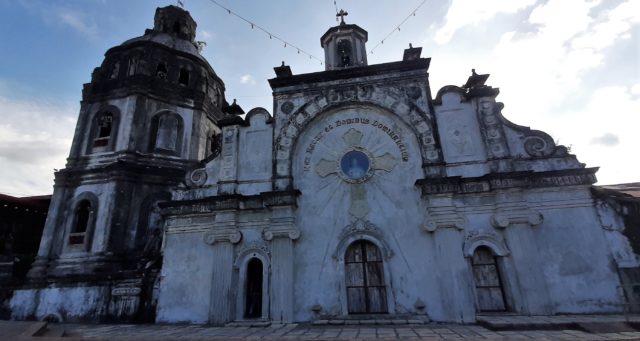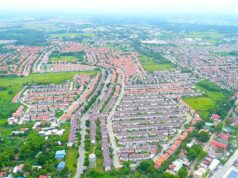San Guillermo Church half buried in Pinatubo’s debris.
IF YOU travel to the western towns of Pampanga through the historic town of Bacolor, via either the old MacArthur Road or the former Gapan-San-Fernando-Olongapo (GSO) road, now JASA (Jose Abad Santos Avenue), a cursory glance along the way will give you the quick but vivid impression that much of the lahar-devastated town remains taken over by Nature.
The lands were Nature’s before they were the people’s, and then back. Vacant lands, mostly privately-owned according to Mayor Diman Datu, now look like mini-jungles of mixed tall grass and wild plants.

Some eight years after the Bacolor Rehabilitation Actor Republic Act 9506 was passed to resurrect the one-time capital of the Philippines back to its old glory, it doesn’t seem that nothing really much has happened to achieve this.
Datu, in a brief interview, disabused this notion. “Bacolor is in a much better position now than before the Mt. Pinatubo eruption in 1991 in terms of opportunities for growth,” he said with a veteran politician’s usual air of optimism.
Optimism, of course, is the practical and classic disposition in the business (it used to be a vocation) of politics, a constant virtue, like the pi. Datu, experienced and energetic, has been in the demanding arena for easily a dozen years, perhaps more.
Datu blames the vast lands’ unsightly idleness to lack of people. Only less than 50 percent of Bacolorenos have returned to their old residences while the rest are scattered in several Pampanga towns.
“We’re like the Jews, dispersed and our culture diffused in those areas where we have relocated permanently,” he says. He echoes the same sentiment made by former Congressman Oscar Rodriguez of likening the sad and tragic plight of Bacolorenos to the Jews’ Diaspora.
Statistics-wise, Bacolor is an anomaly. There are more than 39,000 people living in this third–class municipality, 30 percent of whom isn’t native–workers from other provinces and itinerant businessmen who chose it their permanent home after the lahar inundation subsided and life started to assume normalcy gradually. Local farmers have been a loyal presence due principally to the attachment of their lifelines, both sentimental and survival, to the lands.
Otherwise, the originals have elected a dual citizenship of sorts: native of Bacolor and resident of their adopted town. As it happened, Bacolor has more registered voters, nearly 50,000, versus the actual population. “Most of our people enjoy the best of both worlds,” he laughs it off. “With the social services and other benefits they get from their old town and the new one. They figuratively rise up in arms if they don’t get any from their original town.”
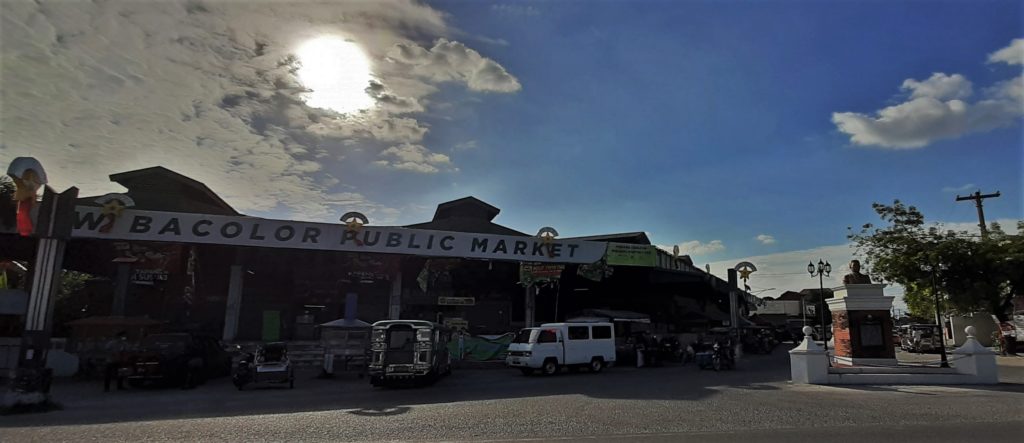
In the real Athens as in Bacolor, custom is king. (Bacolor rightfully earned the comparison because of its uniquely rich and distinctly Kapampangan literary heritage.) Bacolorenos have never lost their love for their time-tested tradition. They always come to celebrate our fiestas, Datu muses with pride. Otherwise, the new settlement provides as much, perhaps, even better, opportunities and hopes as the one they were forced to leave behind basically untended now for more than quarter of a century.
The Clark Freeport is a major incentive. Many of the new generation of Bacolorenos born before and after the Pinatubo tragedy have good paying jobs in the former American airbase. Many of them are much better off than their parents were before the volcanic cataclysm, Datu explains. “I, myself, go home to a house in a resettlement area every now and then to relax.”

Pampanga 3rd District Rep. Aurelio “Dong” Gonzales,who authored and pushed the rehab measure under then President Gloria Macapagal–Arroyo, has said that almost all the infrastructure projects under the law have been completed—roads, bridges and a hall for each barangay. These also include renovations of the Don Honorio Ventura State University which gained its new status during Gonzales’ watch.
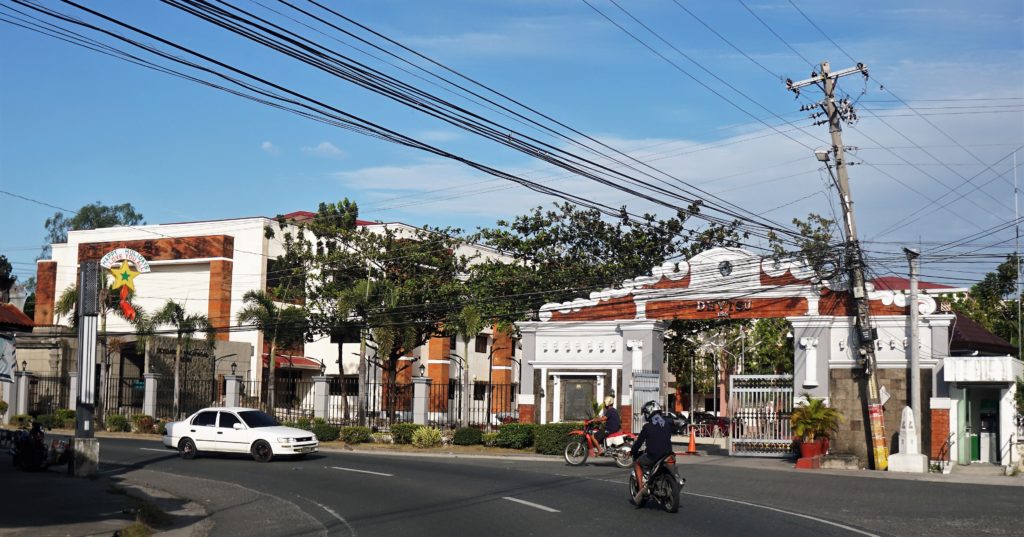
A little caveat: Details of the rehab progress and accomplished projects, though, are difficult to secure from the solon or his office. Repeated requests have been effectively stymied by vague generalities or tepid, tentative response.
When all has been said or done, there still are other important tasks to be undertaken, according to Rio Villafana, municipal development officer and one-time chief of staff of Gonzales. He mentioned at least two government agencies that have yet to fulfill their obligations under the rehab act: the Department of Environment and Natural Resources and the Department of Tourism. Villafana did not elaborate. The law, by the way, has expired, according to Gonzales.
Even a new executive building for the municipality remains on the drawing board, per Datu. He also scores the Department of Public Works and Highways for not downloading a single centavo to the municipal government for the intended infra projects to the locality. A little puzzled and quizzical, he did not explain or speculate.
As expected, out of sheer gratitude and political correctness, Datu acknowledges the huge contribution of Gonzales to the rehabilitation of Bacolor. “We owe him a lot,” he says, appreciating who has, for the longest time, helped buttered Bacolor’s bread.
To attract Bacolor people from resettlement areas to come back, Gonzales bares that he is asking the National Housing Authority and other government agencies to build housing projects to boost the manpower capability of the town. With the lack of details, so much of that remains a politician’s pie-in-the-sky chimera, considering the crushing pandemic and the all-too-important, cost-source-logistics–challenging antidote vaccine. The jabbing solution has exposed the country’s deficits and disadvantages, from system to sense.
There is one criticism: by law, a council should have been convened and a reliable source from the Pampanga Chamber of Commerce and Industry, which was organized to prime countryside growth in the Pinatubo aftermath, complains they have never called one. The council has reportedly met a number of times, according to Villafana or Datu; in other words, probably sans PamCham or its representative. The council was deemed abolished once it had formulated the scope and specs of its ambitious plan, according to Villafana. Sorry.
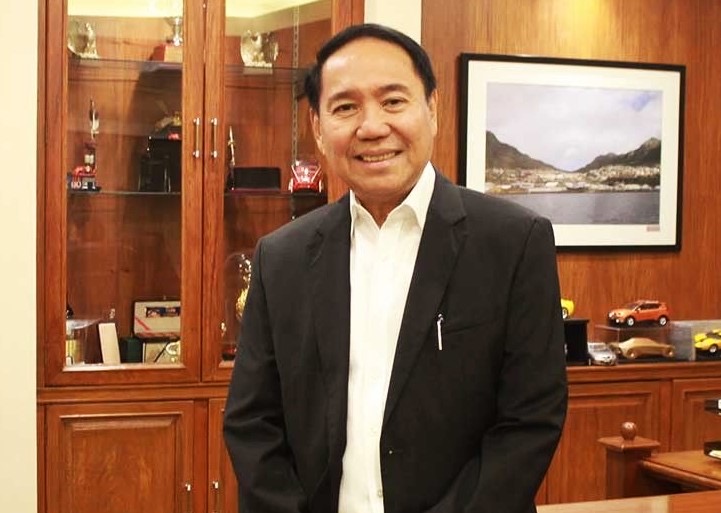
The late Levy P. Laus, PamCham’s founder and chairman emeritus, once expressed his commitment to marshalling the private sector as added impetus for Bacolor’s economic and social recovery. He walked his talk. He worked hard to bring back Don Bosco Academy to Bacolor after it relocated to Mabalacat City after the lahar attack on Barangay Cabalantian. His work paid off and saw it fulfilled before he died. Following his tragic death in a helicopter crash, a building was named after him, a first for a secular person at Don Bosco.
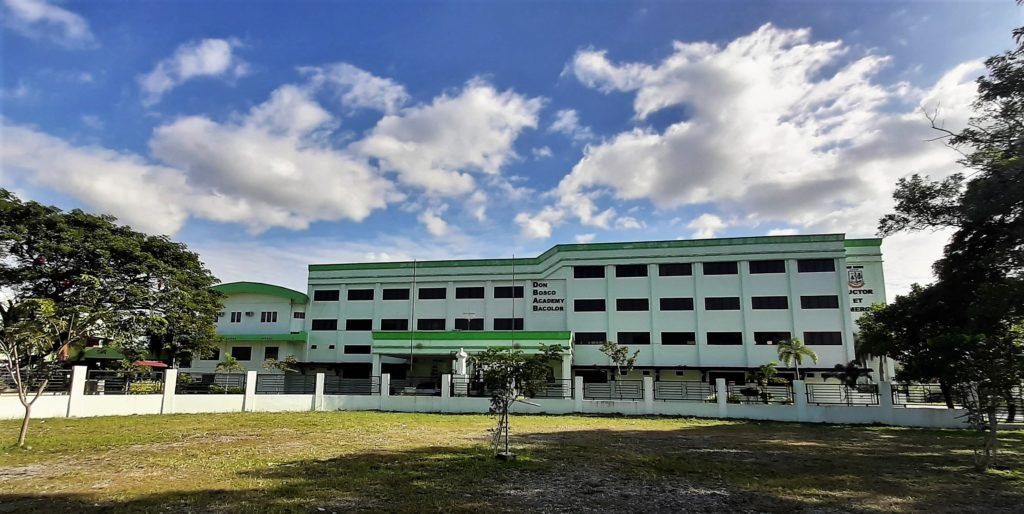
A fellow alumnus of Laus at Don Bosco, a prominent surgeon, once recalled that some alumnus questioned the institution’s decision to name a building after Laus when he’s not even a canonized saint. The surgeon had a no-brainer for an answer: follow Laus’s example of providing generous financial contribution to the school.
Before his death, Laus also was able to establish a car dealership and a restaurant along GSO, putting his money where his mouth was. Whatever other Laus plans were in the pipeline before he died are now highly conjectural. One former Laus Group manager believes that is all for now for Bacolor, especially in view of the pandemic.
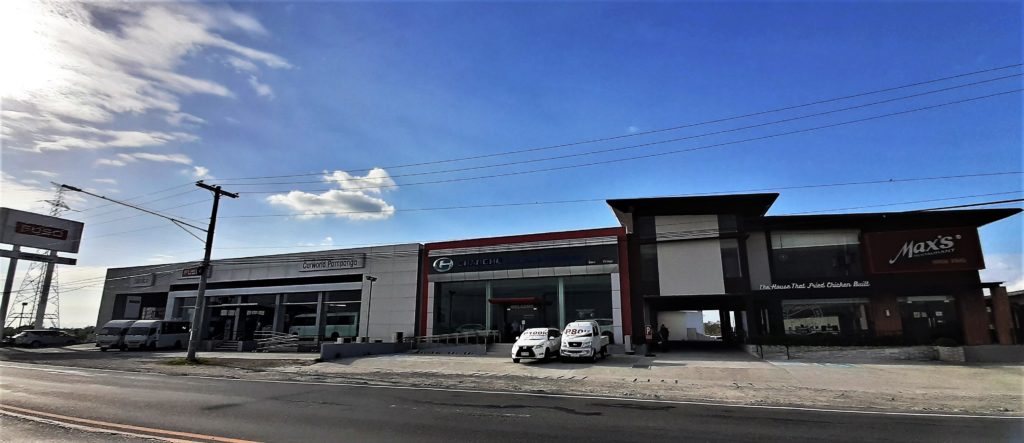
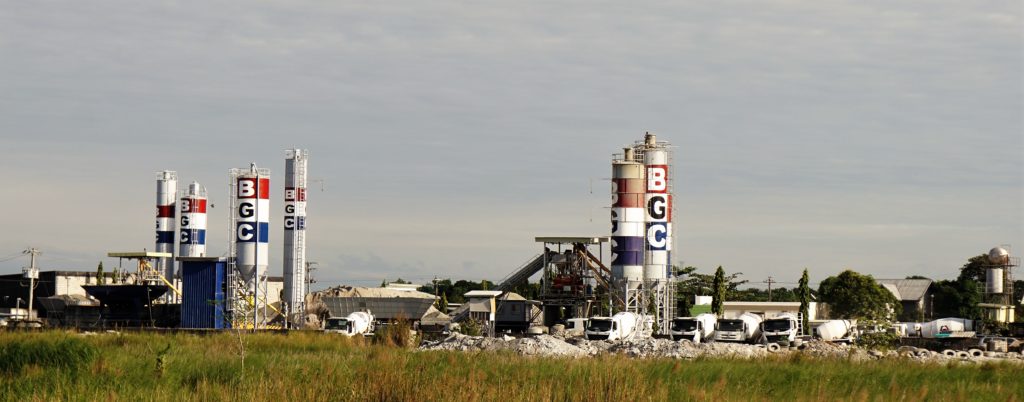
Datu is highly encouraged by the rising of commercial establishments, such as the Laus’ auto dealerships and franchised restaurant, a batching plant, and subdivisions in his town – counting three with his fingers. In due time, he expects to elevate the town to a first-class status from the current level with a sharp eye on the prize – a substantial increase of its share in the Internal Revenue Allotment that now stands at about P100 million. That is, if the ban on the classification of local government units is lifted, and the national government treats Bacolor a “special case,” something that the national government has denied it for the last 30 years or so, Datu laments.
Overall, Bacolor’s diminutive chief executive likes the way things are shaping up from his looking forward perspective. But, no timeline, please.
*All other photos by Bong Lacson


